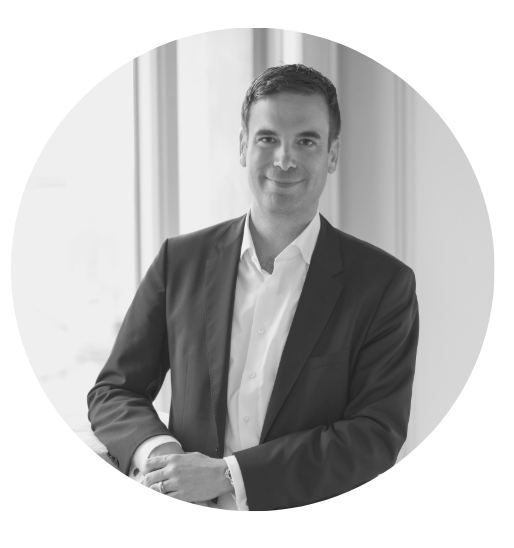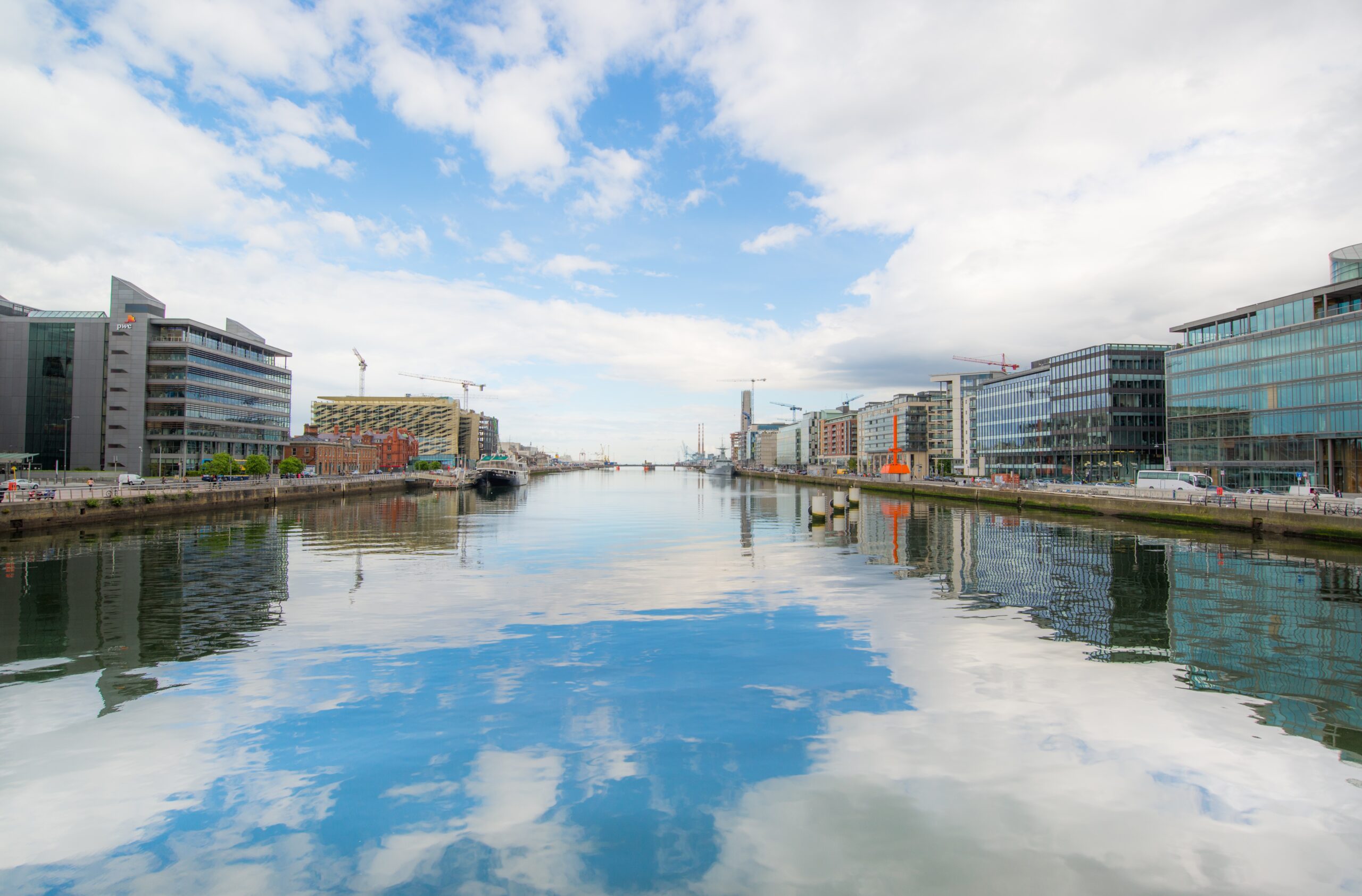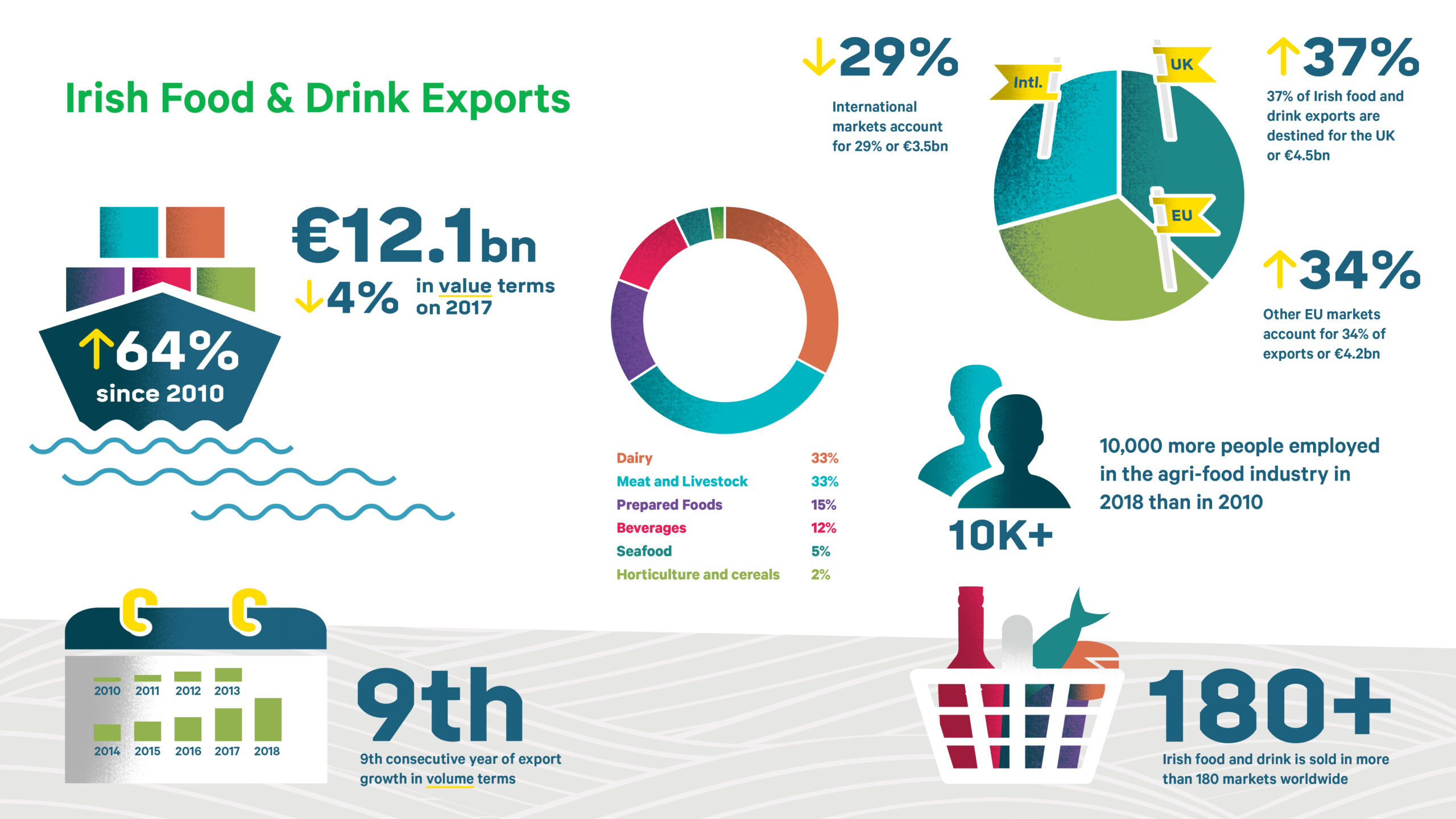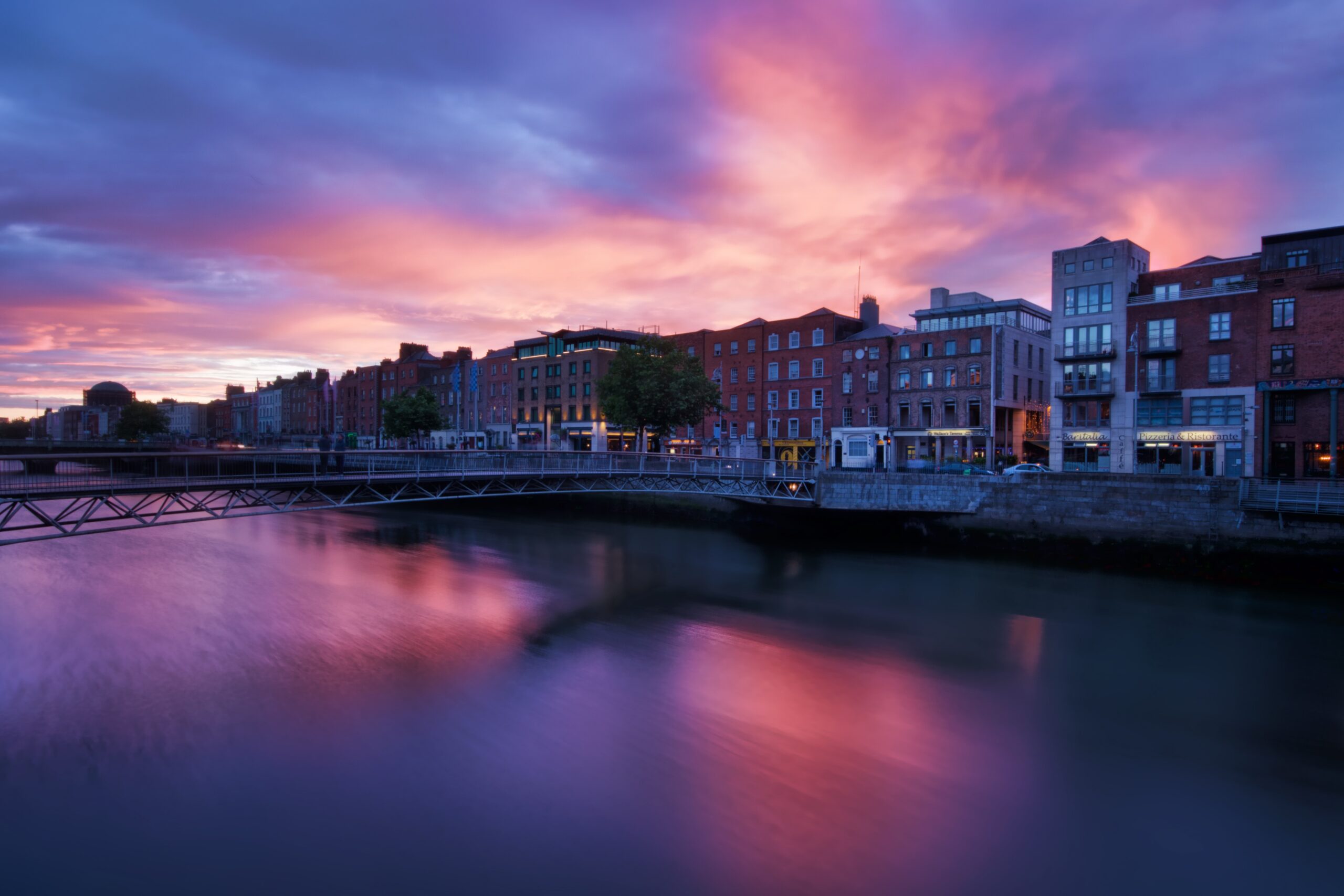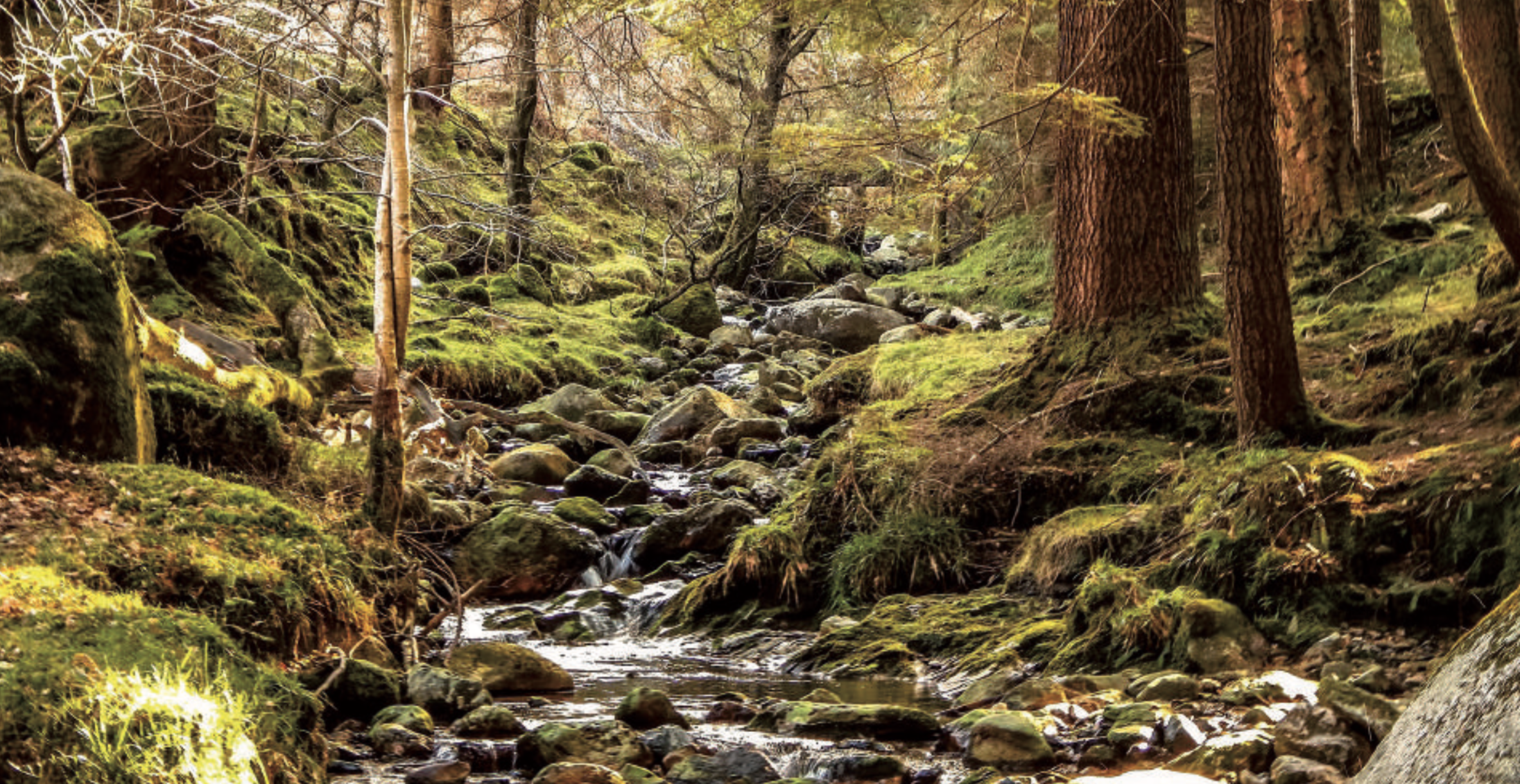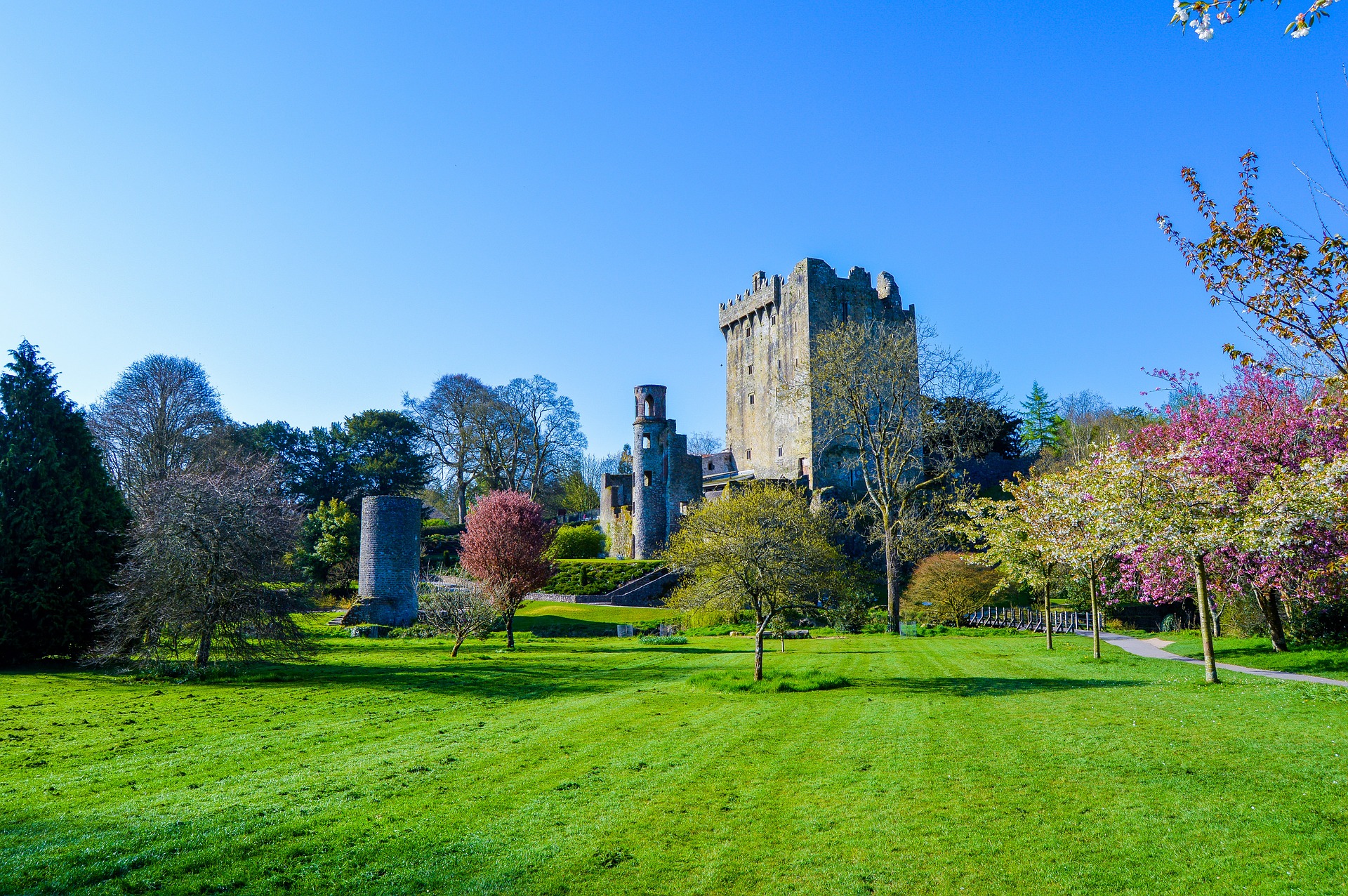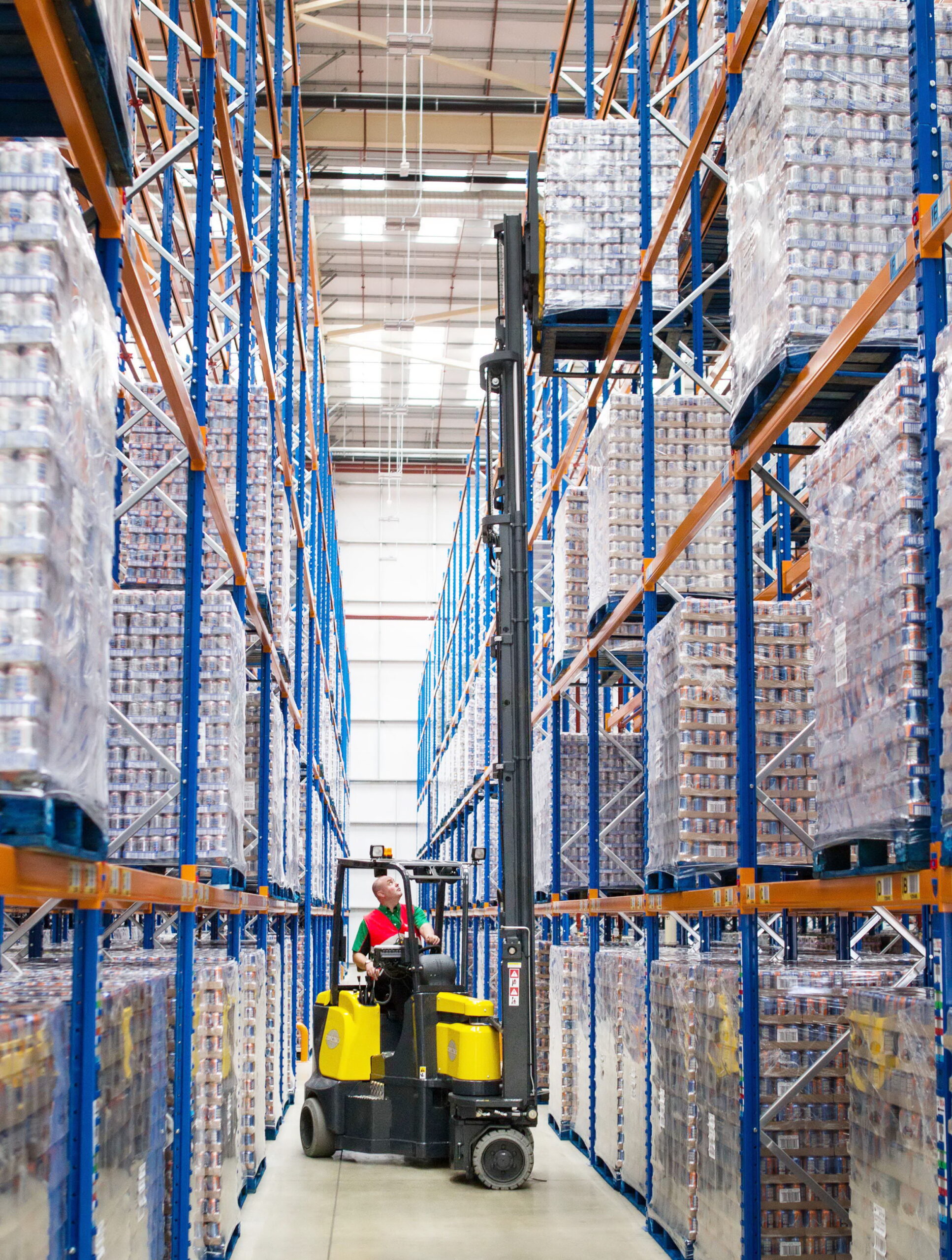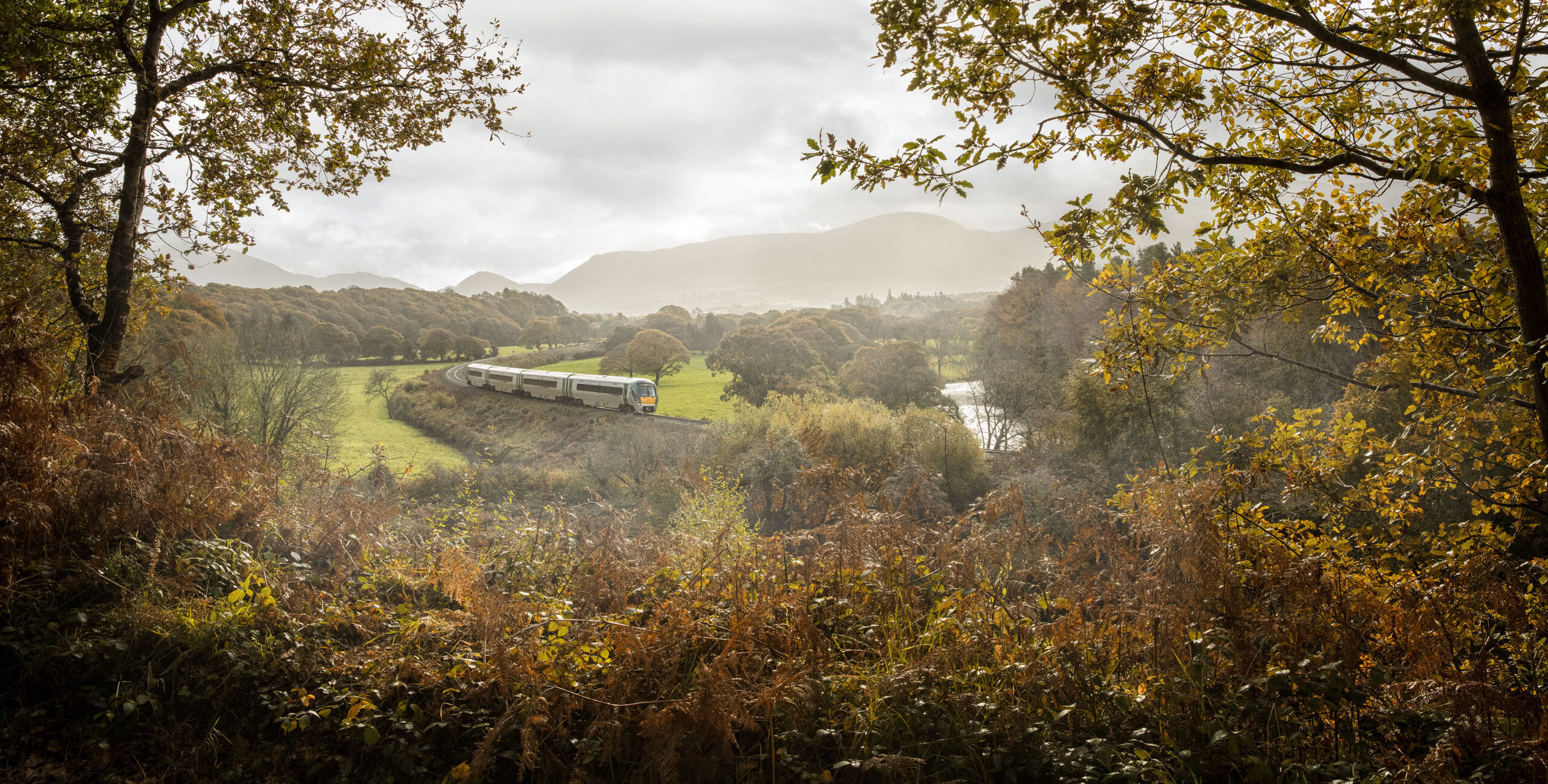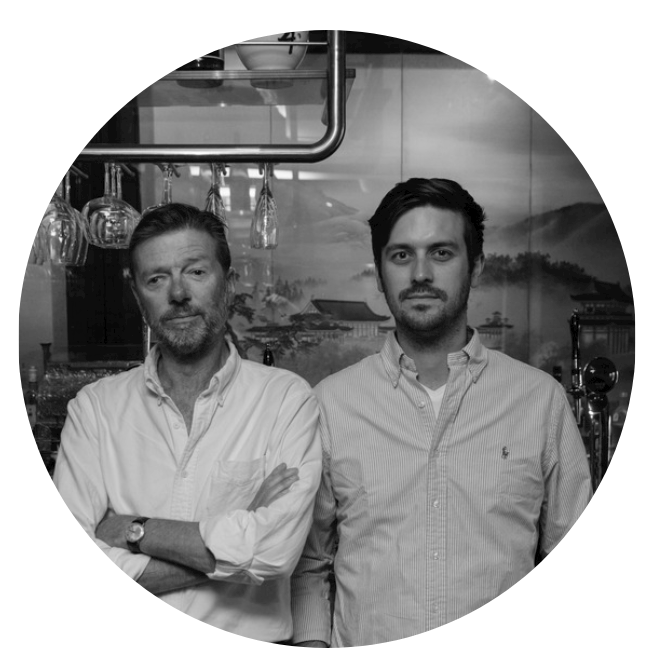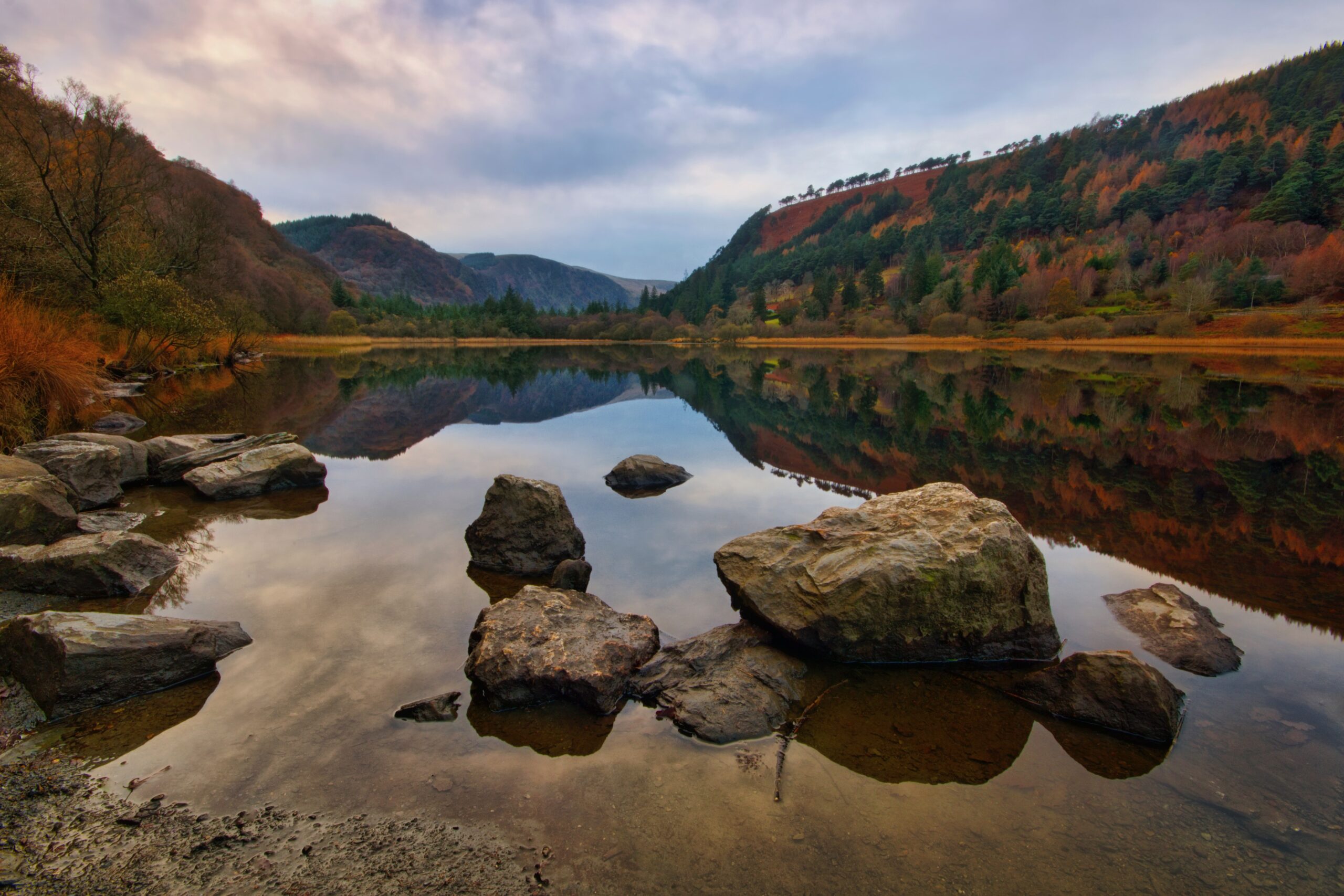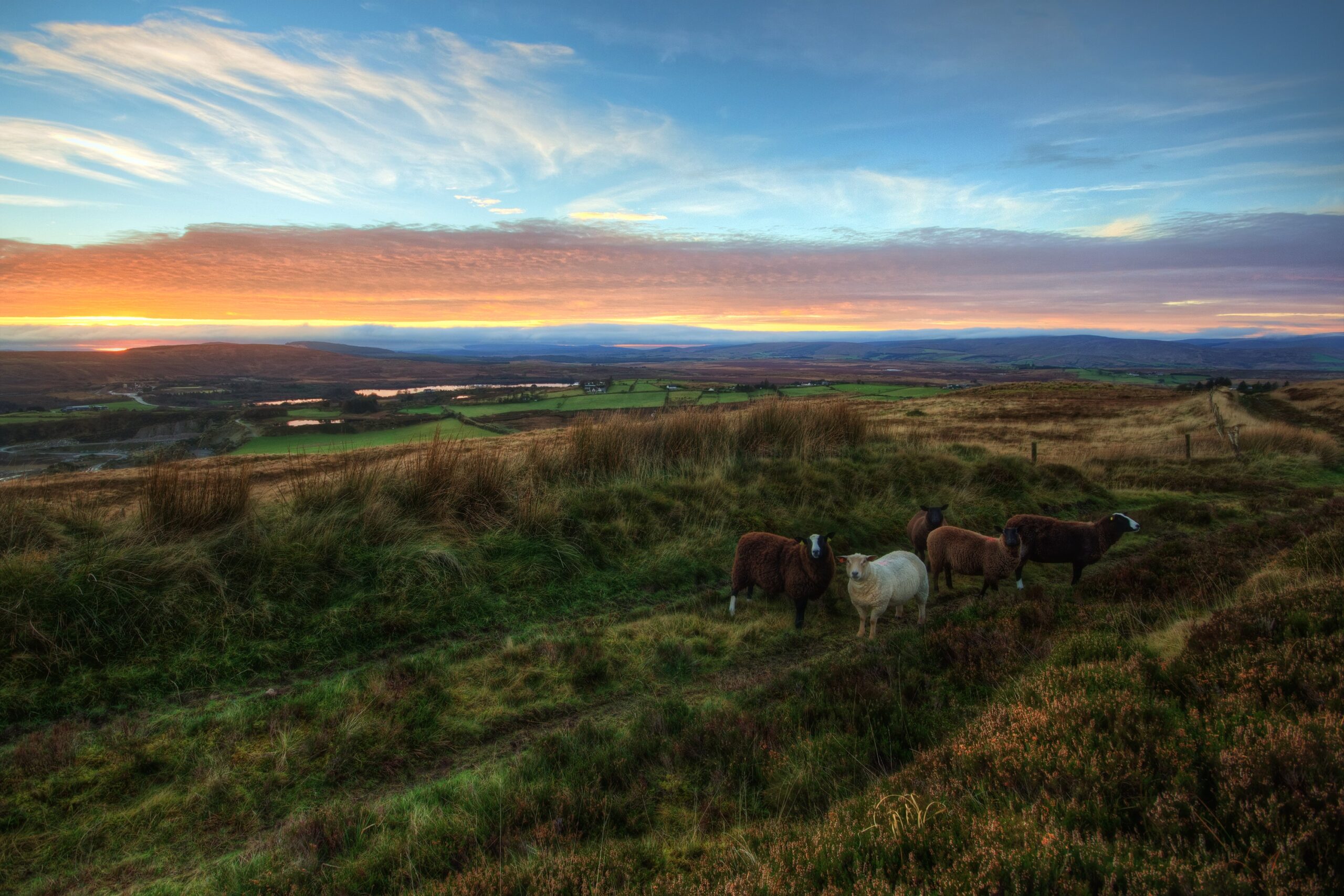
The Netherlands’ most famous provinces are getting crowded—but in the eastern part of the country, opportunities are abound
Thanks to its solid legal system, attractive tax regime, EU membership, and multilingual labor force, the Netherlands has traditionally been an attractive business hub. But this success has come at a cost. These days, the provinces of North and South Holland are more congested than ever.
In response, companies interested in the perks of doing business in the Netherlands have begun looking to move into other parts of the nation. With their motivated workforce and strong penchants for innovation, other provinces such as Gelderland and Overijssel have made themselves known as prime locations for foreign investment.
What Sets East Netherlands Apart?

The eastern provinces of Overijssel and Gelderland have become hotbeds for innovation in their own right. Eddy van Hijum, Regional Minister for Economy, Finance and Europe Portfolio, of the province of Overijssel stated, “If you look at the eastern part of the Netherlands, you will find that we are well-connected by physical and digital infrastructure to the rest of the world. I believe we have the highest density of fiber-optic internet in Europe. We also have world-beating research universities and universities of applied sciences with exceptional research and development centers for companies to connect with. Perhaps even more importantly, we have a strong culture of cooperation, and we always look for partnerships where investors can become real members of our society and ecosystem. This cultural element also explains why we are performing so well in the innovation indexes—it is not just about state support or funding, but about entrepreneurship, cooperation, and innovation.”
Impressively, Overijssel has made a name for itself on the global stage despite its small size. Van Hijum stated, “We are not a large province, but we have five vibrant cities and a lot of agriculture, which the Netherlands has traditionally been famous for. We are close to Wageningen University & Research, which is a world-leading institution in the field of food innovation. Furthermore, we have a robust photonics and semicon cluster and have already established strong collaborations with American companies in the medical technology industry.”
Van Hijum also highlighted Overijssel’s uniquely robust manufacturing sector. He stated, “We need a stronger manufacturing industry in the Western part of the world. This is an item of concern in the United States and Europe, but in Overijssel, 17 percent of our regional domestic product comes from manufacturing. This industry is still an important part of our DNA, and we would like to invite companies in the United States to consider opportunities to become involved with our innovative ecosystem.”
Additionally, Van Hijum was satisfied by a recent diplomatic visit to the province. He stated, “I was pleased by the fact that the former United States Ambassador to the Netherlands, Mr. Pete Hoekstra, visited Overijssel in 2019. It was a good visit—there was a strong connection between our two countries and a strong willingness to strengthen our relationship.”
The Future of Investment in East Netherlands

As of 2023, several USA-based multinationals (including Abbott Laboratories) have already set up business in Zwolle, the capital of Overijssel. Still, Van Hijum hopes to play a role in increasing the amount of foreign direct investment the province receives in the future. Ms. Helga Witjes, Regional Minister for Economy and Innovation of the province of Gelderland also strives to attract further foreign direct investment. Overijssel and Gelderland’s regional development agency, Oost NL, is actively working with the Netherlands Foreign Investment Agency to pursue this goal.
When it comes to attracting foreign investment, one of Overijssel and Gelderland’s most vital advantages is their close infrastructural links to other parts of the Netherlands. The provinces are only an hour away from Amsterdam Airport Schiphol, and are both well connected to the Rotterdam harbor’s transport system with their own inland combi terminals and ports.
Gelderland is the largest province in the Netherlands and well-known for its knowledge based economy and innovative solutions. Ms. Helga Witjes stated, “In Gelderland we have eleven higher education ecosystems, and the province is one of the largest investors in research and development within the Netherlands – specifically with a focus on the areas of food, health, tech, and energy.



“For example, Wageningen University has been a global leader in research for the food industry for over thirty years, has an amazing ecosystem for agrifood entities, and many international companies, such as Kraft Heinz set up local operations in the vicinity of the Wageningen University’s campus.
“Another important research ecosystem has developed in the city of Arnhem. It focuses on sustainable solutions including energy transition and advanced experiments with hydrogen. Gelderland is also a growing hub for high-tech, manufacturing, R&D, and testing.
“The province of Gelderland fosters this emerging innovative ecosystem. One example is Gelderland’s recent investment into OnePlanet Research Center, an R&D hub. It is a collaboration between multiple entities developing disruptive new technologies, such as sensor technologies.
“In addition to being an amazing place to innovate, East Netherlands offers a healthy work-life balance for residents making it a great place to live. It is part of our policy to ensure a high quality of life for residents. We foster this healthy balance while providing quality public infrastructure serving our residents. We also have excellent international schools for the multinational community. Last but not least, Gelderland’s beautiful scenery includes the largest national park in the country, orchards, and the Rhine River.”
The provinces of Gelderland and Overijssel are eager to invite innovative American investors to further explore opportunities in East Netherlands. The incentives, high quality talent pools, advanced infrastructure, sustainability, innovative ecosystems, and quality of life are factors that will continue to entice multinationals to discover the region and call it home.


